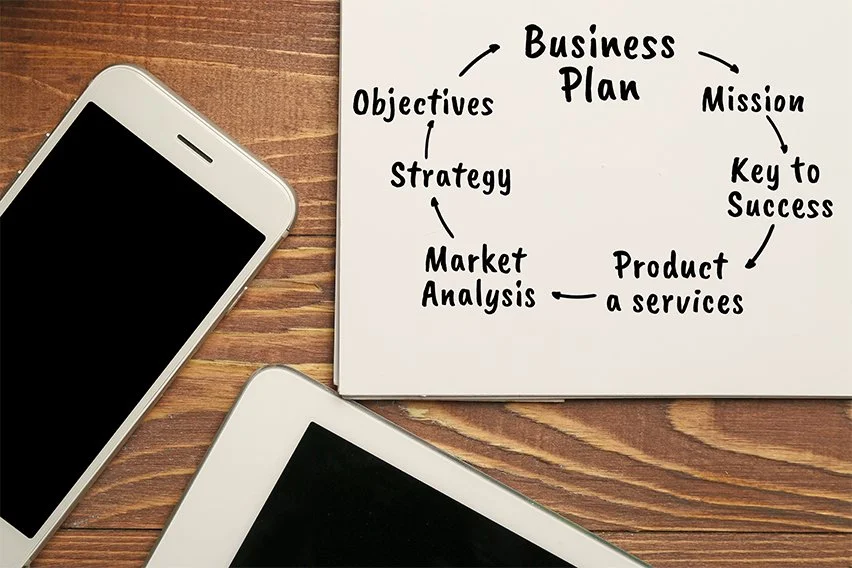Introduction is an integral element of any business proposal. It illustrates your dedication and can often be used for unsolicited proposals.
Start by outlining the client’s problem, then offer a proposed solution and explain your qualifications. Finally, it would be prudent to include a table of contents.
Introduction to Business Proposal
An executive summary is an integral component of any business proposal. It serves to orient potential buyers and set expectations about your approach and approach to tackling any particular issues or topics that are being presented. Maintain consistency: do not present information in your executive summary that won’t appear anywhere else within your report real estate.
Executive summaries that succeed are designed to grab their reader’s attention and demonstrate its worth by showing how your solution can improve their situation. A great executive summary should include no technical or in-depth explanations; these belong in your full report body.
Project Overview
An effective project overview helps your audience visualize all that the project entails, from its goals to key deliverables and potential roadblocks such as staff shortage or time constraints.
This section acts as an outline for your company, outlining why and how they are qualified to carry out the proposed work. Include previous projects, references, training or education pertinent to this proposed venture.
An effective project overview should avoid technobabble, construction and be tailored specifically to the client’s needs. It should also showcase what makes your company special and include clear pricing information which can then be integrated into the pricing section of a proposal.
Services
An index can save your clients time by making it easier to quickly locate information they require from long business proposals. Furthermore, including one is considered polite etiquette when sending electronic proposals.
This section dives deeper into how your company will meet project requirements for specific projects. Be as specific as possible to establish trust among prospects by offering services such as consulting, coaching or development.
Assert your qualifications by outlining any relevant certifications, previous projects of similar nature and years of experience. Here’s your opportunity to convince potential partners why you should be their go-to choice for their project.
Deliverables
Business proposals offer clients a more in-depth perspective than estimates; they outline exactly how you intend to meet their unique needs and offer evidence that you have what it takes to complete their task.
Your proposal should include an explanation of your project scope and list the deliverables that you will provide for clients. Aim for clarity by being as specific and transparent as possible so your clients understand exactly what they’re getting for their money.
To achieve this goal, include social proof such as testimonials and case studies, portfolio photographs, G2 and Capterra badges and rating averages in your pitch deck. In addition, include pricing tables as well as details about how your team plans on approaching each project.
Timeline
Timelines are an essential element of business proposals that provide clients with assurances they will complete the work on schedule. They help build client trust in you as an experienced provider.
Studies have demonstrated that people form their initial impression of anything within 50 milliseconds, so your proposal must present in an elegant, professional way.
As part of your proposal, it’s courteous to include a table of contents so your prospects can quickly locate what they require. A basic list will do, while more visual methods such as timeline templates may help save time and make for more uniform proposals.
Pricing
Once you have presented a problem and its solution pages, it is time to price. While proposals can differ in how detailed they are presented, it is advisable to present an overall project price with its estimated scope immediately.
You can do this through a pricing table or simple list of all products or services with their prices, client testimonials and accolades to demonstrate credibility as a business, as well as what distinguishes you from competition.
Finally, include a terms and conditions section at the end of your business proposal to help both parties avoid any misunderstandings by clearly outlining its details.
Terms and Conditions
An unsolicited business proposal can either be written and submitted at your own initiative or as the result of formal client request. A solicited business proposal requires an official request while an unsolicited proposal should come from within yourself and sent directly to them for consideration.
Once your executive summary and project overview have garnered your client’s interest, it’s time to detail exactly how you plan to deliver on your promises. In this section, explain which techniques will be implemented in order to address their pain points.
Terms and conditions are an integral component of every business proposal, providing details about project timeline, payment schedules, etc. To avoid misunderstandings in the future.
Final Words
This section should present an overview of your proposal, providing answers to who, what, where, when, why and how questions that a prospect may have as well as explaining why you’d make a good fit for their business. Consider including testimonials or customer quotes as supporting evidence to make your case stronger.
Finally, this section should present your terms and conditions. Although negotiations will always be necessary with clients, having clear terms and conditions will make it easier for them to accept your proposal and proceed with the project without confusion later on. You should include space for them to sign their document as well as prompt them for any additional inquiries they might have.













Leave a Reply